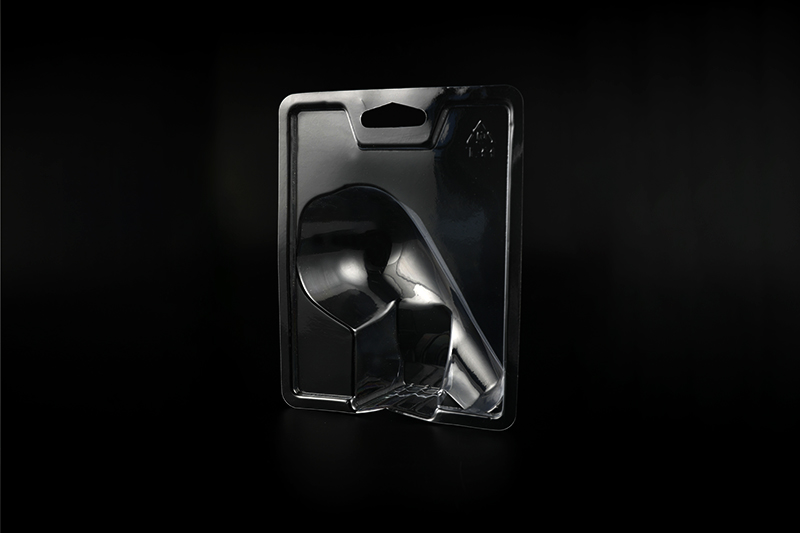

Allow displacement For a bellows working in a compresse […]
Allow displacement
For a bellows working in a compressed state, its maximum compression displacement is: the maximum displacement value that the bellows can produce when the bellows are compressed to contact each other under pressure, also known as the maximum allowable structure displacement, which is equal The difference between the free length of the bellows and the maximum compression length.
The maximum displacement that the bellows can obtain without plastic deformation is called the allowable displacement of the bellows.
The bellows will produce residual deformation during the actual work. The residual deformation is also called permanent deformation or plastic deformation. The bellows deforms under the action of force or pressure. When the force or pressure is removed, the phenomenon that the bellows does not return to its original state is called Residual deformation. Residual deformation is usually expressed by the amount that the bellows does not restore the original position, also known as zero offset.
The relationship between the displacement of the bellows and the zero offset, whether it is tensile or compression displacement, at the initial stage of the displacement of the bellows, its residual deformation is very small, generally less than the allowable zero position specified in the bellows standard Offset value. However, when the extension (or compression) displacement gradually increases to exceed a certain displacement value, it will cause a sudden increase in the zero offset value, which means that the bellows has a relatively large residual deformation, after this. If you increase the displacement a little more, the residual deformation will increase significantly. Therefore, the bellows should generally not exceed this amount of displacement, otherwise it will seriously reduce its accuracy, stability, reliability and service life.
The allowable compression displacement of the bellows when working in a compressed state is larger than the allowable tensile displacement when working in a stretched state, so when designing the bellows, the bellows should be operated in the compressed state as much as possible. Through experiments, it was found that, under normal circumstances, the bellows of the same material and the same specification, the allowable compression displacement is 1.5 times the allowable tensile displacement.
The allowable displacement is related to the geometrical parameters and material properties of the bellows. In general, the allowable displacement of the bellows is proportional to the yield strength of the material and the square of the outer diameter, and is inversely proportional to the elastic modulus of the material and the wall thickness of the bellows. At the same time, the relative wave depth and wave thickness also have a certain influence on it.
